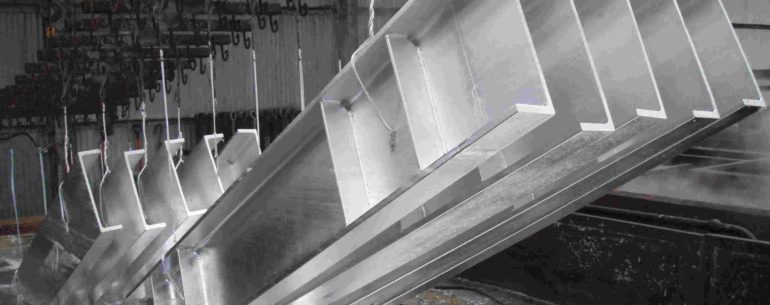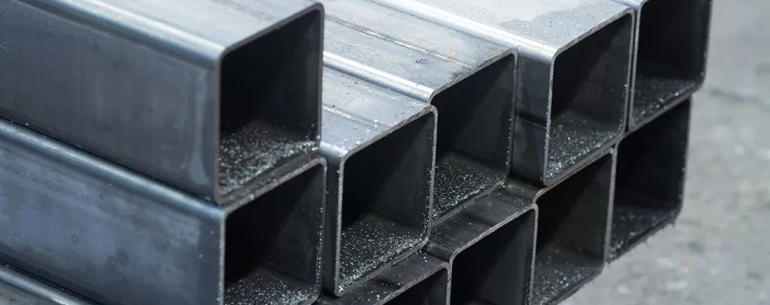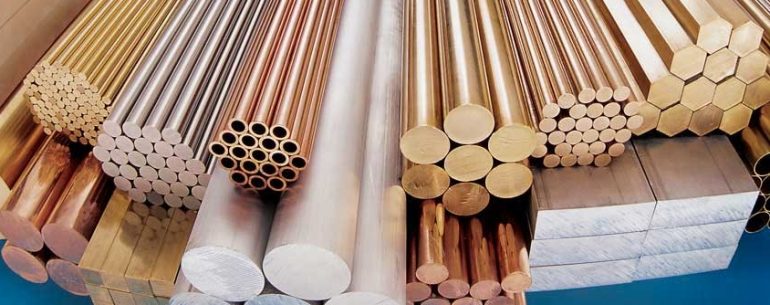At Kian Huat Metal, we offer a wide range of services to ensure the steel you purchase fits your specific need. Apart from providing services like cutting and fabricating, we also provide steel galvanisation. In this post, you will understand the process of galvanising and its benefits.
What is Galvanising?
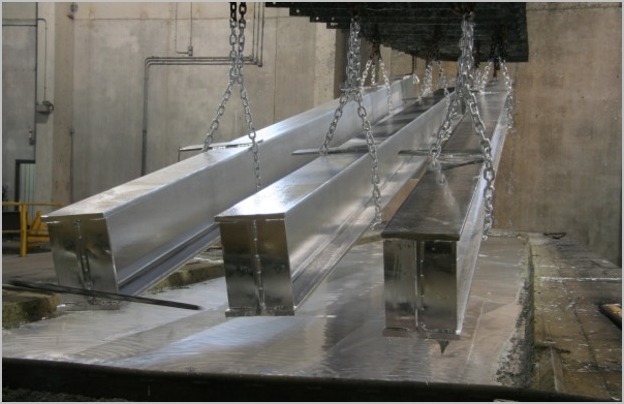
Galvanising, or galvanisation, is a manufacturing process where a protective coating of zinc is applied to steel or iron to prevent rusting and erosion. There are many galvanising processes available, but the most common method is hot-dip galvanising, whereby parts are submerged in a molten zinc bath.
How does Galvanising work?
Galvanising protects iron and steel from rusting in 2 ways.
Firstly, galvanising creates a protective zinc coating that shields the metal from the surrounding environment. The zinc coating can prevent water and other elements in the air from penetrating and corroding the steel underneath.
The other way in which galvanising protects metal products is called “galvanic corrosion”. This is when two metals of different electrochemical makeup comes into contact with another electrolyte. The two different metals will be an anode and a cathode, in which they form a reaction that will speed up or slow down respective in their rates of corrosion. Zinc is often used as it is inclined to become an anode when combined with many metals, and will slow down the corrosion of the cathode – the base metal.
What are the types of Galvanising?
Hot-Dip Galvanising
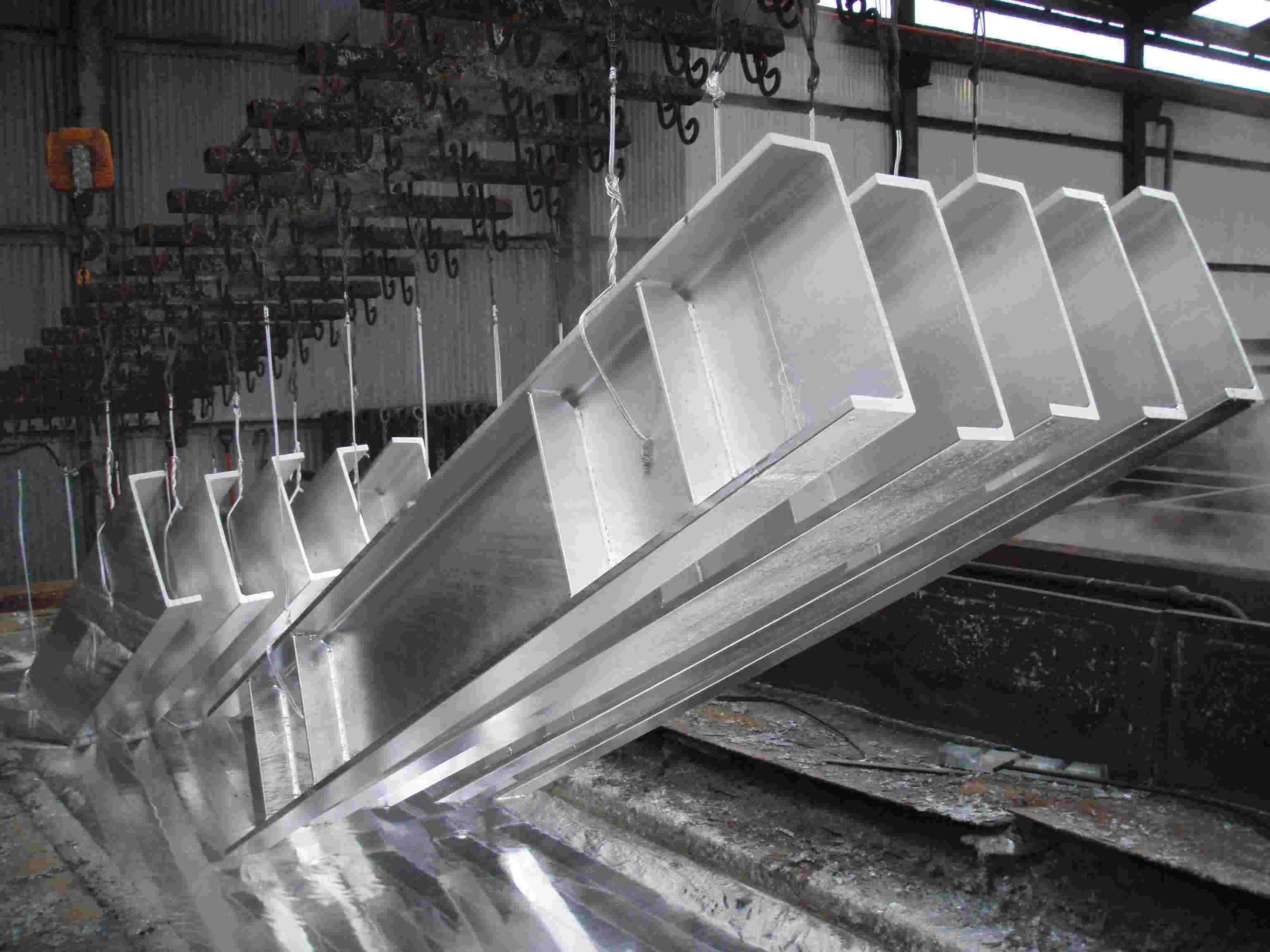
Hot-dip galvanising is the application of a zinc coating by dipping cleaned, prepared steel or iron in a molten pool of zinc, by which alloy layers such as zinc oxide and zinc carbonate, are formed on the primary metal through reaction with the surrounding atmosphere to make up a protect coating. One way to check if a metal has gone through hot-dipped galvanising, is the presence of a crystalline-like pattern on the surface, sometimes referred to as “spangle.”
Pre-Galvanising
Pre-galvanising, also called mill galvanising, is a process that requires the rolling of sheet metal through a cleaning agent to quickly prime material for galvanising. The metal is then passed through a pool of molten liquid zinc and is immediately recoiled. One advantage of using this method is that coils of steel sheet can be rapidly galvanised on a large scale with a more uniform coating than the traditional hot-dipped method.
Cold Galvanising
Cold galvanising is the application of a zinc-rich paint to the surface of a steel metal to protect it from corrosion. The zinc-rich paints used in cold galvanising are different from conventional coatings due to the presence of a binding compound. These binders allow the zinc to mechanically bond to the steel to offer an effective level of protection.
Electrogalvanising
Unlike the other methods, electrogalvanising does not involve dipping the metal in a pool of molten zinc. Instead, an electrolyte solution is passed through an electric current, which is later applied to the steel. The electric current reduces positively charged zinc ions to zinc metal, which is then deposited on the positively charged steel. Like pre-galvanising, this method is usually done at the initial stage of production.
What are the advantages and disadvantages of Galvanised steel?
Advantages
Rust Resistance
The iron elements in steel are incredibly prone to rusting, but the zinc in the coating acts as a protective buffer between the steel and any surrounding moisture or oxygen.
Low cost
Galvanised steel has a lower initial cost than most treat steel. It does not require any additional work done on the surface (eg. painting, coating, inspection), before it can be used.
Longevity
A piece of galvanised steel has a shelf life of more than 50 years in normal conditions, and can last over 20 years with severe water exposure. There is no maintenance required.
Sacrificial anode
The zinc in the protective coating acts as a sacrificial anode that protects any damaged steel. The zinc will corrode first, regardless of the steel section that is being completely exposed. The coating will corrode preferentially to the steel, creating a sacrificial protection to the sections that are damaged.
Disadvantages
Hidden flaws
Sometimes, one might be oblivious to the imperfections, flaws, and problems with the metal hidden by the galvanisation process. As such, you may not be able to immediately identify the metal that requires immediate repair or maintenance.
Rough surface
The coating applied on galvanised metal is not always smooth. When used inside pipes, the rough surface coating can lead to items getting stuck on it, which leads to blockages and obstructions within the pipe. Contact us for more information about round bar, lip channels and aluminium plates.

